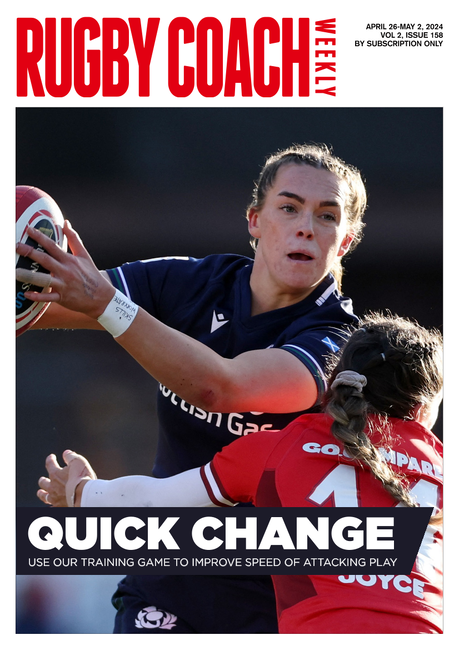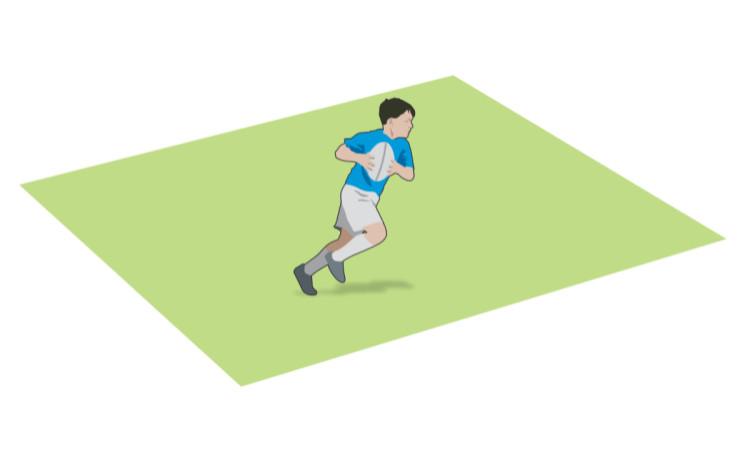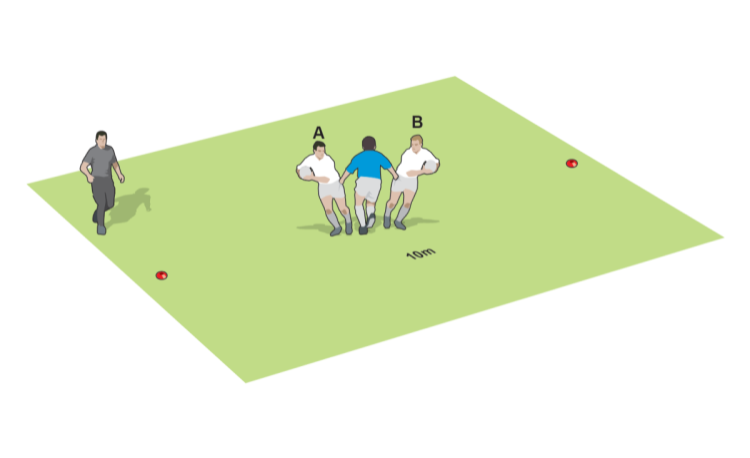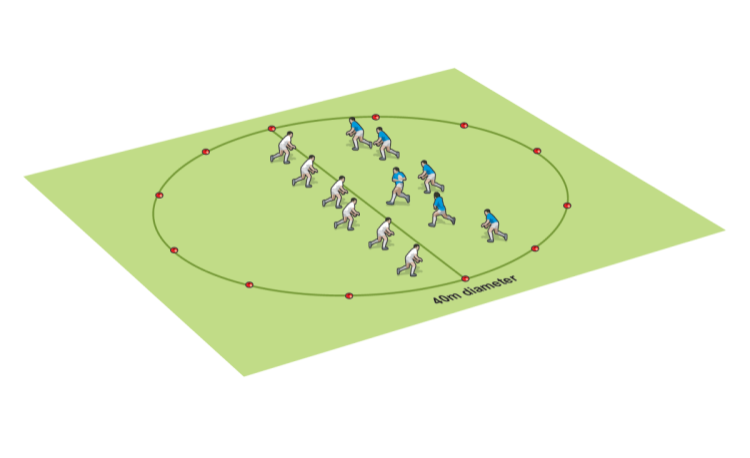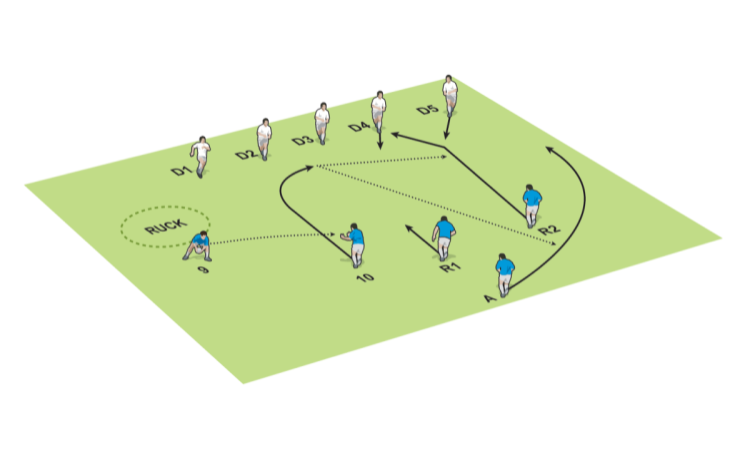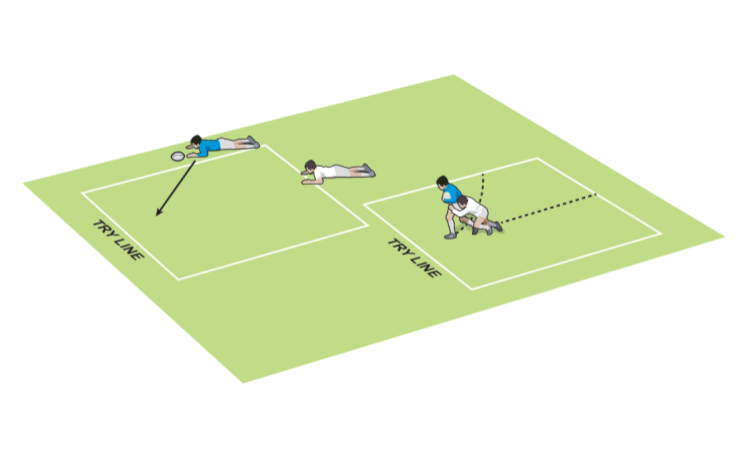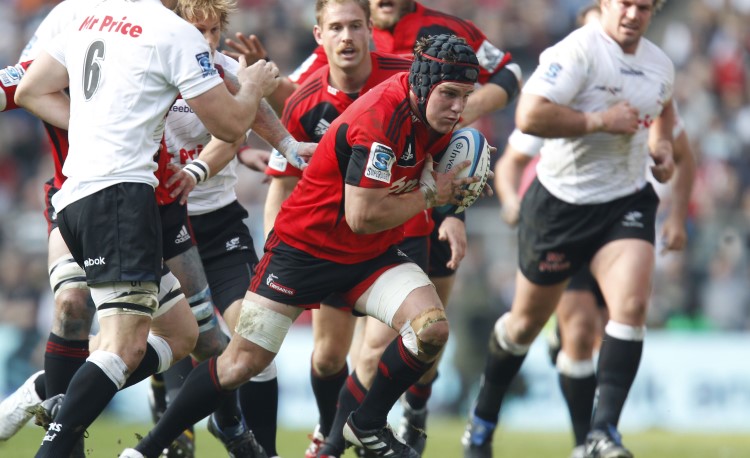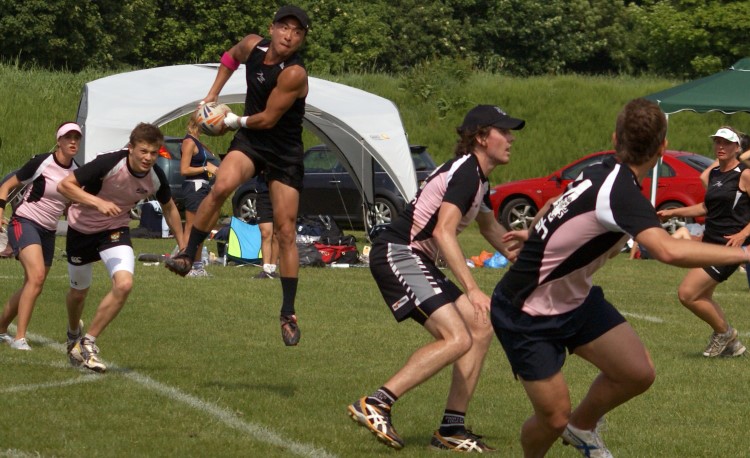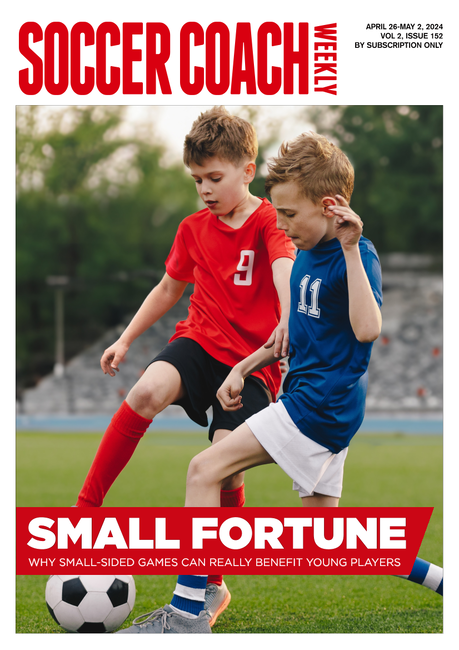You are viewing
1 of your 2 free articles
Rugby coaching tips to make the most of your game breakers
Attackby Dan Cottrell
The coaching manual tells us (or certainly it should) that there are two types of defence - organised and disorganised. An attacking team needs to disorganise a defence to then penetrate. Some players look outstanding against a broken defence and yet are seemingly becalmed by an organised defence. Carlos Spencer (the former New Zealand fly half, 10) and Brian O'Driscoll (the Ireland outside centre, 13) are two such examples.
Of course, I'm not saying that Spencer and O'Driscoll are poor players. Players at all levels find it difficult to play against a strong defensive line. The reason is that they have little opportunity to find even the little space they need to weave their magic.
And herein lies the problem. Let's say you have a player who can be a great game breaker. Do you give them the ball and expect them to achieve the break every time they receive it?
More realistically, teams need to disorganise a defence before they can expect to use the game breakers to the best effect. This means using tactics to probe defences with big runners, or stretching defences by playing the ball wide. However, the best tip is to keep your backs, and more essentially the game breakers, "on their feet".
That is, don't let them go into rucks and mauls or take up crash balls. Instead, let team-mates work off them until the chances appear.
If you're looking for more ways to make the most of your game breakers, then my Rugby Attack! manual could be the answer. Containing 27 pre-prepared plays, Rugby Attack! will help you produce co-ordinated attacks that suit your team's strengths and target weaknesses in the opposition.
Of course, I'm not saying that Spencer and O'Driscoll are poor players. Players at all levels find it difficult to play against a strong defensive line. The reason is that they have little opportunity to find even the little space they need to weave their magic.
And herein lies the problem. Let's say you have a player who can be a great game breaker. Do you give them the ball and expect them to achieve the break every time they receive it?
More realistically, teams need to disorganise a defence before they can expect to use the game breakers to the best effect. This means using tactics to probe defences with big runners, or stretching defences by playing the ball wide. However, the best tip is to keep your backs, and more essentially the game breakers, "on their feet".
That is, don't let them go into rucks and mauls or take up crash balls. Instead, let team-mates work off them until the chances appear.
If you're looking for more ways to make the most of your game breakers, then my Rugby Attack! manual could be the answer. Containing 27 pre-prepared plays, Rugby Attack! will help you produce co-ordinated attacks that suit your team's strengths and target weaknesses in the opposition.
Newsletter Sign Up
Coaches Testimonials

Gerald Kearney, Downtown Las Vegas Soccer Club

Paul Butler, Florida, USA

Rick Shields, Springboro, USA

Tony Green, Pierrefonds Titans, Quebec, Canada
Subscribe Today
Be a more effective, more successful rugby coach
In a recent survey 89% of subscribers said Rugby Coach Weekly makes them more confident, 91% said Rugby Coach Weekly makes them a more effective coach and 93% said Rugby Coach Weekly makes them more inspired.
Get Weekly Inspiration
All the latest techniques and approaches
Rugby Coach Weekly offers proven and easy to use rugby drills, coaching sessions, practice plans, small-sided games, warm-ups, training tips and advice.
We've been at the cutting edge of rugby coaching since we launched in 2005, creating resources for the grassroots youth coach, following best practice from around the world and insights from the professional game.
More from us
© 2023 Rugby Coach Weekly
Part of Green Star Media Ltd. Company number: 3008779
We use cookies so we can provide you with the best online experience. By continuing to browse this site you are agreeing to our use of cookies. Click on the banner to find out more.


